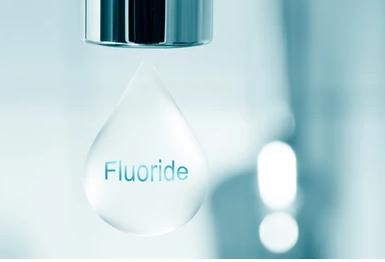Tap Water Contaminants Guide
Home/Knowledge
Welcome to our ultimate guide on Tap Water Contaminants, where safety meets clarity. In today’s world, the purity of our drinking water is under constant threat from a myriad of contaminants. From heavy metals like lead and mercury to chemical pollutants and organic compounds, these invisible invaders can compromise your health and peace of mind. But fear not! Our guide is designed to empower you with knowledge and solutions. Discover the most common and dangerous contaminants lurking in your tap water, understand their sources, and explore effective ways to purify your water. Equipped with cutting-edge research and expert recommendations, this guide is your first step towards a safer, healthier home. Let’s dive into the clear, contaminant-free water together!
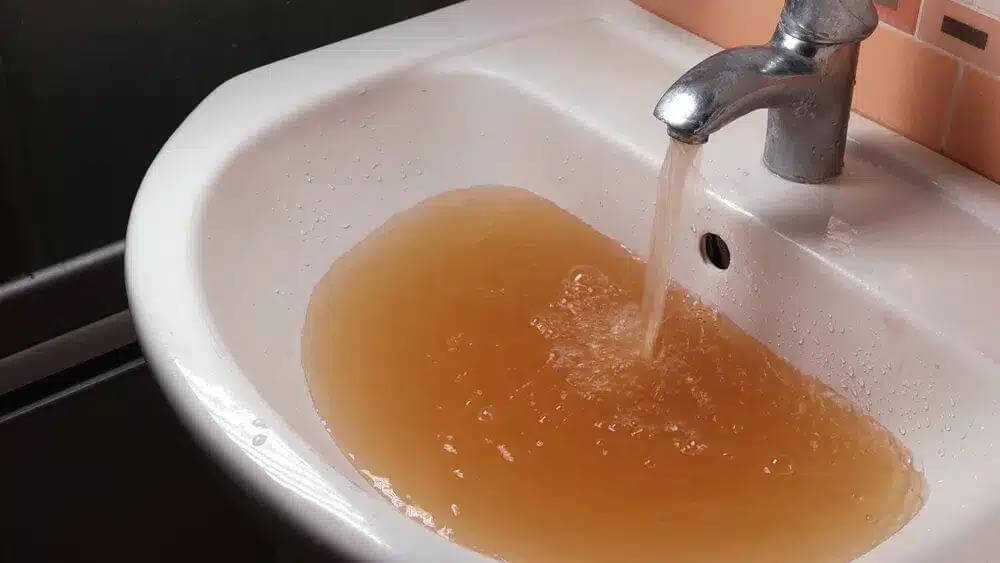
What are the common tap water contaminants?
Hard Water
Chlorine&Chloranines
Iron
Managanese
Hydrogen Sulfide
Sediment & Cloudy Water
Low PH
Arsenic
Lead
Nitrates
Microbes
Fluoride
Hard Water
Hard water is water that has a high concentration of dissolved minerals, primarily calcium and magnesium. These minerals are picked up by water as it flows through rock formations, such as limestone and chalk, and dissolves the minerals along the way. The level of hardness in water is measured in grains per gallon (gpg) or milligrams per liter (mg/L).
The hardness of water is typically measured in grains per gallon (GPG) or parts per million (PPM). Water with a hardness level below 1 GPG is considered soft, while anything above 7 GPG is considered hard.
While hard water is generally safe to drink and use for daily activities, it can cause some issues for homeowners. Here are some of the potential harms of hard water:
- Mineral Buildup in Pipes and Appliances: Hard water can lead to mineral buildup in pipes, faucets, and appliances, such as washing machines and dishwashers. Over time, this buildup can restrict water flow and cause damage to the appliances.
- Stains on Clothing and Dishes: Hard water can leave stains on clothing and dishes. The minerals in hard water can react with the soap, causing it to leave behind a film or residue.
- Dry Skin and Hair: Hard water can make it difficult for soap and shampoo to lather, which can leave your skin and hair feeling dry and itchy.
- Decreased Efficiency of Water Heater: Hard water can decrease the efficiency of a water heater by causing mineral buildup. This can lead to increased energy costs and a shorter lifespan for the appliance.
- Higher Soap Consumption: Hard water requires more soap to achieve the same lather as soft water. This can lead to increased costs for homeowners.
Install a water softener to reduce mineral buildup, improve appliance efficiency, and enhance soap effectiveness. Regular maintenance and filtration can also help manage hard water issues effectively.
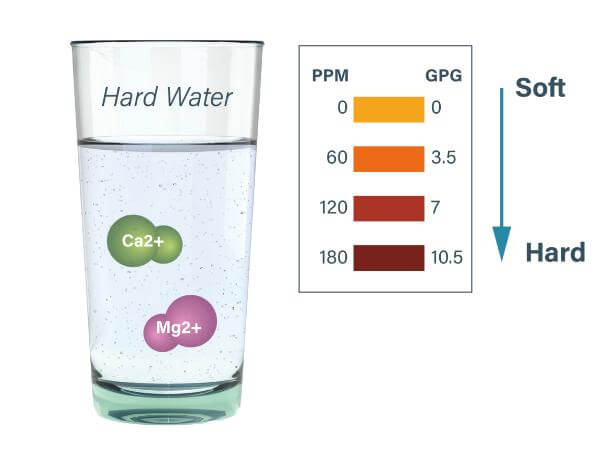
Chlorine & Chloramines
Chlorine and chloramines are essential components used in water treatment to ensure our tap water is safe from harmful bacteria and viruses. While both play a crucial role in maintaining public health, they can also impact the taste and smell of your water, and have implications for household use and personal wellness.
Understanding the Basics
Chlorine has been the cornerstone of water disinfection for over a century, effectively eliminating pathogens to make water safe for consumption. However, its presence can leave a noticeable taste and odor in water, and it may react with organic materials to form by-products.
Chloramines, a combination of chlorine and ammonia, are used as an alternative disinfectant in many water systems. They provide longer-lasting water treatment and produce fewer by-products than chlorine alone. Despite their benefits, chloramines can affect water taste and smell and have specific considerations for pet owners, particularly those with fish tanks, as well as for individuals undergoing dialysis.
While chlorine and chloramines are safe for most daily uses, including drinking, cooking, and bathing, some people prefer to remove these chemicals from their water to improve taste and odor, and to minimize exposure to disinfection by-products.
The best solution for removing chloramines is finding a water filtration system that works for your home.
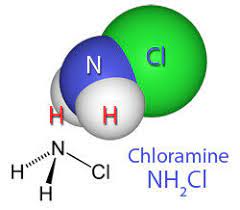
Iron
Iron in water is a common issue that can affect both the quality and appearance of your household water supply. This element naturally finds its way into water through the soil and rocks it filters through, leading to various concentrations in different areas.
Iron in water typically manifests in three forms:
- Ferrous Iron (Clear-Water Iron): This type of iron is dissolved in water, making it invisible and only noticeable once water is left to stand and then begins to oxidize, forming a reddish-brown sediment.
- Ferric Iron (Red-Water Iron): Ferric iron is oxidized iron that gives water a reddish tint right from the tap, indicating its presence visibly.
- Bacterial Iron: Bacterial iron results from organisms that thrive in iron-rich environments, leaving slimy deposits in plumbing fixtures and staining surfaces.
Risks Associated with Iron in Water
- Staining: Iron can leave stubborn stains on plumbing fixtures, appliances, and laundry, affecting the aesthetics and cleanliness of your home.
- Taste and Odor: High levels of iron can impart a metallic taste and odor to water, making it unpleasant for drinking and cooking.
- Pipe Damage: Accumulations of iron can lead to clogs and corrosion in pipes, reducing water flow and increasing maintenance needs.
Solutions for Iron in Water
The key to effectively managing iron in your water is identifying the type of iron present. Solutions include:
- Water Softeners: Effective for removing small amounts of ferrous iron.
- Iron Filters: Designed to oxidize and filter out ferric and ferrous iron, these systems can handle higher concentrations.
- Chemical Oxidation Plus Filtration: For severe iron contamination, chemical oxidation converts all forms of iron into a filterable form, followed by a filtration system to remove the iron from the water.
Regular testing and maintenance of your water treatment systems are essential to ensure they continue to effectively remove iron and protect your home from its unwanted effects.

Manganese
Manganese, a naturally occurring element found in many water sources, plays a dual role in water quality. Essential in small amounts for human health, its presence in higher concentrations can lead to water quality issues, affecting both taste and household appliances.
The concentration of manganese in water is measured in milligrams per liter (mg/L) or parts per million (ppm). The Environmental Protection Agency (EPA) recommends a manganese limit of 0.05 mg/L to prevent staining and maintain water quality. Levels exceeding this guideline can lead to noticeable changes in water characteristics and potential health risks over long-term exposure.
When Manganese Levels Rise: Common Indicators
Manganese presence in water can manifest through various signs in your household:
- Discoloration: Water may appear black or purple when manganese levels are elevated, particularly noticeable in standing water such as in toilets or bathtubs.
- Taste and Odor: High levels of manganese can impart a metallic taste to water and cause an off-putting odor, making it unpleasant for drinking and cooking.
- Staining: Manganese leaves dark stains on fixtures, clothing, and surfaces, which can be difficult to remove and may damage appliances over time.
- Health Impact: While manganese is necessary for health in trace amounts, excessive exposure can affect neurological functions, highlighting the importance of maintaining safe levels in drinking water.
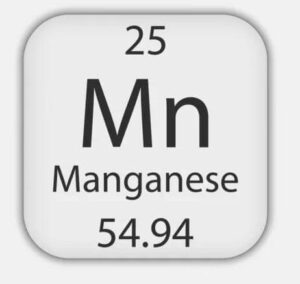
Hydrogen Sulfide
Ever encountered a foul odor resembling rotten eggs emanating from your water? This unwelcome guest is hydrogen sulfide, a gas that finds its way into your water supply through two primary pathways. Understanding its origins is the first step toward addressing it effectively.
Origins of Hydrogen Sulfide
Hydrogen sulfide is a byproduct of organic matter decomposition. This process occurs when the remains of plants and animals, along with their waste, break down naturally. The characteristic foul smell doesn’t become apparent until the gas dissolves in water, which can happen in various environments such as sewage systems, natural hot springs, or even in liquid manure. Additionally, hydrogen sulfide can be released during the extraction of petroleum products, finding its way into water supplies.
This gas is not only off-putting due to its smell but can also pose risks to your plumbing and water quality. It’s crucial to identify and mitigate the presence of hydrogen sulfide to ensure your water remains safe and pleasant to use.
Addressing Hydrogen Sulfide in Water
The presence of hydrogen sulfide in your water requires a targeted approach to removal. Solutions include:
- Aeration: Introducing air into the water can help to oxidize and dissipate hydrogen sulfide gas.
- Filtration Systems: Certain types of filters are designed to remove sulfur compounds, including hydrogen sulfide, effectively purifying your water.
- Chemical Treatment: In more severe cases, treating water with chemicals that react with hydrogen sulfide to neutralize it can be an effective strategy.
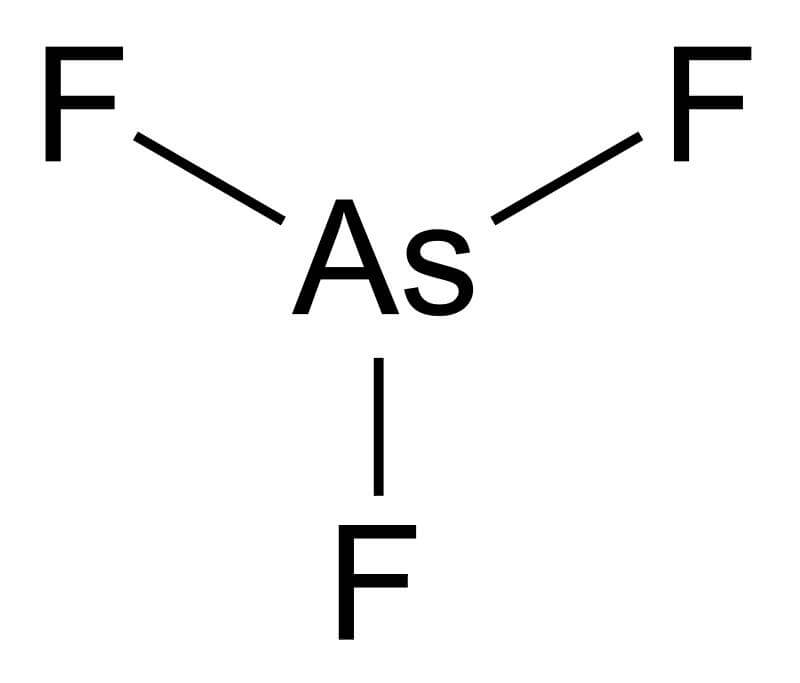
Sediment & Cloudy Water
When you fill your glass, does clarity come immediately, or does a mysterious cloud delay your first sip? This haze hints at sediment’s silent journey into your water. Uncover the story behind the cloudiness and learn the secrets to restoring your water’s pristine state.
Causes of Sediment and Cloudy Water
Sediment in water can originate from multiple sources, including:
- Natural Soil Erosion: As water flows over the earth’s surface, it can pick up particles from the soil, leading to sediment in your water supply.
- Pipe Corrosion: Older or corroded pipes may release rust and other materials into your water, contributing to cloudiness and sediment.
- Construction and Runoff: Nearby construction or heavy rainfall can increase the amount of sediment entering your water supply through runoff.
Impact on Your Home
Aside from the aesthetic concern, sediment and cloudy water can:
- Affect the taste and odor of your water.
- Cause wear and damage to appliances by accumulating in valves and filters.
- Lead to potential health concerns if the sediment includes harmful bacteria or chemicals.

Low PH
The pH scale measures the acidity or alkalinity of a solution based on its hydrogen ion concentration. Ranging from 0 to 14, a pH of 7 is considered neutral, values below 7 are acidic, and those above 7 are alkaline. Pure water, in its intrinsic state and at room temperature, has a pH of 7, making it neutral. This neutrality arises from water’s unique molecular structure. Each water molecule can dissociate into a hydrogen ion (H+) and a hydroxide ion (OH-). In pure water, the concentrations of these ions are equal, resulting in a balanced, neutral pH.
Risks and consequences of unusual pH levels in water
Marine Life: One of the most significant consequences of unusual pH levels in water is the acidification of oceans and lakes. When the pH of water drops below 7, it becomes more acidic, which can have devastating effects on marine life. Many aquatic species have specific pH requirements for survival and reproduction.
Changes in pH can disrupt the chemical balance of the water and make it difficult for these species to thrive. For example, low pH levels can cause fish to become disoriented and affect their growth and reproductive abilities. Acidification can cause shellfish and coral to dissolve, disrupt the food chain, and ultimately harm commercial fishing and tourism industries.
Human Life: Water with a low pH can be corrosive and cause lead and other metals to leach into the water, which can be harmful to human health.Water with a high pHcan have a bitter taste and make it difficult for the body to absorb essential minerals. Additionally, changes in pH can affect the effectiveness of water treatment methods, leading to potential health risks.
While the ideal pH level of drinking water should be 6 to 8.5, the human body maintains pH equilibrium on a constant basis and will not be affected by water consumption. For example, our stomachs have a naturally low pH level of 2 which is a beneficial acidity that helps us with food digestion.
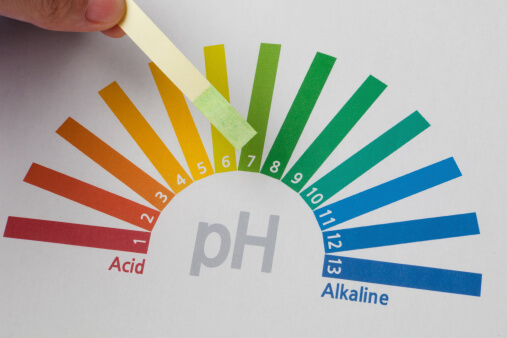
Arsenic
Arsenic contamination in water poses significant health risks, being both odorless and tasteless, making it particularly insidious. Classified as a carcinogen, its presence in water can be fatally dangerous.
But where does arsenic come from? It’s naturally present in the environment – in the soil, air, and within the biological makeup of plants and animals. Industrially, arsenic is utilized in a range of products, from metals and pharmaceuticals to semiconductors and cleaners, with its most prevalent use in wood preservatives.
When materials containing arsenic are near water supplies, there’s a high risk of contamination. This issue isn’t limited to specific regions but can occur anywhere, especially in areas relying on private wells, where water isn’t routinely monitored by treatment facilities.
For those concerned about arsenic in their water, testing by a certified lab is essential.

Lead
It took time for society to recognize the risks associated with lead contamination. Many homes built before the 1920s utilized lead pipes, and such materials were also laid beneath urban roads to link residences to municipal water systems. Despite growing awareness, lead piping continued to be a choice for some constructors well past the 1920s, up until 1986 when national plumbing regulations finally prohibited their use.
Nearly a century has passed since awareness of lead contamination emerged, yet the threat remains. Homes may still be serviced by lead pipes, posing a risk when they corrode and leach into your water supply.
Lead, a harmful metal, impedes child development and compromises the immune system across all age groups. The health hazards are extensive, including:
- Decreased appetite
- Sleep disturbances
- Reduced hearing
- Neurological impairments
- Organ dysfunction
While lead can impart a metallic flavor to water, its presence might not always be detectable by taste alone.
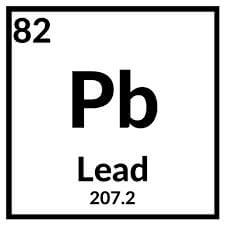
Nitrates
Nitrates play a crucial role in agriculture, being a key component of fertilizers that replenish soils after intensive farming periods. However, the very nitrates that aid in soil rejuvenation become harmful when they infiltrate the food chain through water contamination. This often results from nitrate-laden runoff permeating our water resources.
Predominantly found in areas close to large agricultural operations, nitrate pollution in water is a common issue in such locales. The primary source of this contamination is water used for irrigation that carries fertilizers into both surface water and groundwater, similarly to how sediment might spread.
Nitrates in water pose significant health risks when their levels exceed safe limits. Primarily sourced from agricultural runoff, septic systems, and industrial waste, these compounds can contaminate drinking water supplies, leading to serious health concerns. High nitrate levels are especially dangerous for infants and pregnant women, as they can interfere with the blood’s ability to carry oxygen, leading to conditions such as methemoglobinemia or “blue baby syndrome” in infants. For adults, long-term exposure to elevated nitrate levels has been associated with increased risks of certain cancers and other health issues like thyroid disorder. Protecting water sources from nitrate pollution is crucial for public health, emphasizing the need for effective water treatment solutions and rigorous environmental regulations.

Microbes
Similar to hydrogen sulfide, the genesis of microbiological contamination in water is the breakdown of organic materials. This contamination introduces microorganisms into our water systems through decomposing vegetation, animal remains, and waste products.
Such microbiological pollutants can introduce bacteria that large-scale water treatment facilities can typically filter out, yet these contaminants pose a challenge for removal in private well systems. These bacteria are invisible and odorless, making laboratory testing of water samples the most reliable method for detecting their presence.
Microbial contaminants in water, stemming from organic decay and waste, pose health risks. Microbes, invisible and odorless, can lead to illnesses if consumed. Water purifiers play a crucial role in safeguarding drinking water by removing these harmful organisms, ensuring safe and clean water for all. Their use, especially in areas without advanced water treatment, is essential for health protection.

Fluoride
Fluoride is a natural mineral found in the Earth’s crust and widely distributed in nature. It is present in some foods and water, and plays a crucial role in dental health.
Water fluoridation is a common practice in many countries,The practice of water fluoridation began in the mid-20th century, after scientists observed that people living in areas with higher levels of fluoride in their water had fewer cavities. This led to the conclusion that fluoride can help to prevent tooth decay, and thus, the practice of adding fluoride to public water supplies was born.
While fluoride in drinking water is safe for most people, some may wish to remove it due to personal preference or health concerns. There are several methods to remove fluoride from water, including activated alumina defluoridation filters, distillation, and reverse osmosis.
Activated alumina filters can effectively remove fluoride but require regular replacement of the filter media. Distillation involves boiling water and collecting the steam, which leaves behind many contaminants, including fluoride. Reverse osmosis forces water through a semi-permeable membrane that can filter out fluoride and other contaminants.
